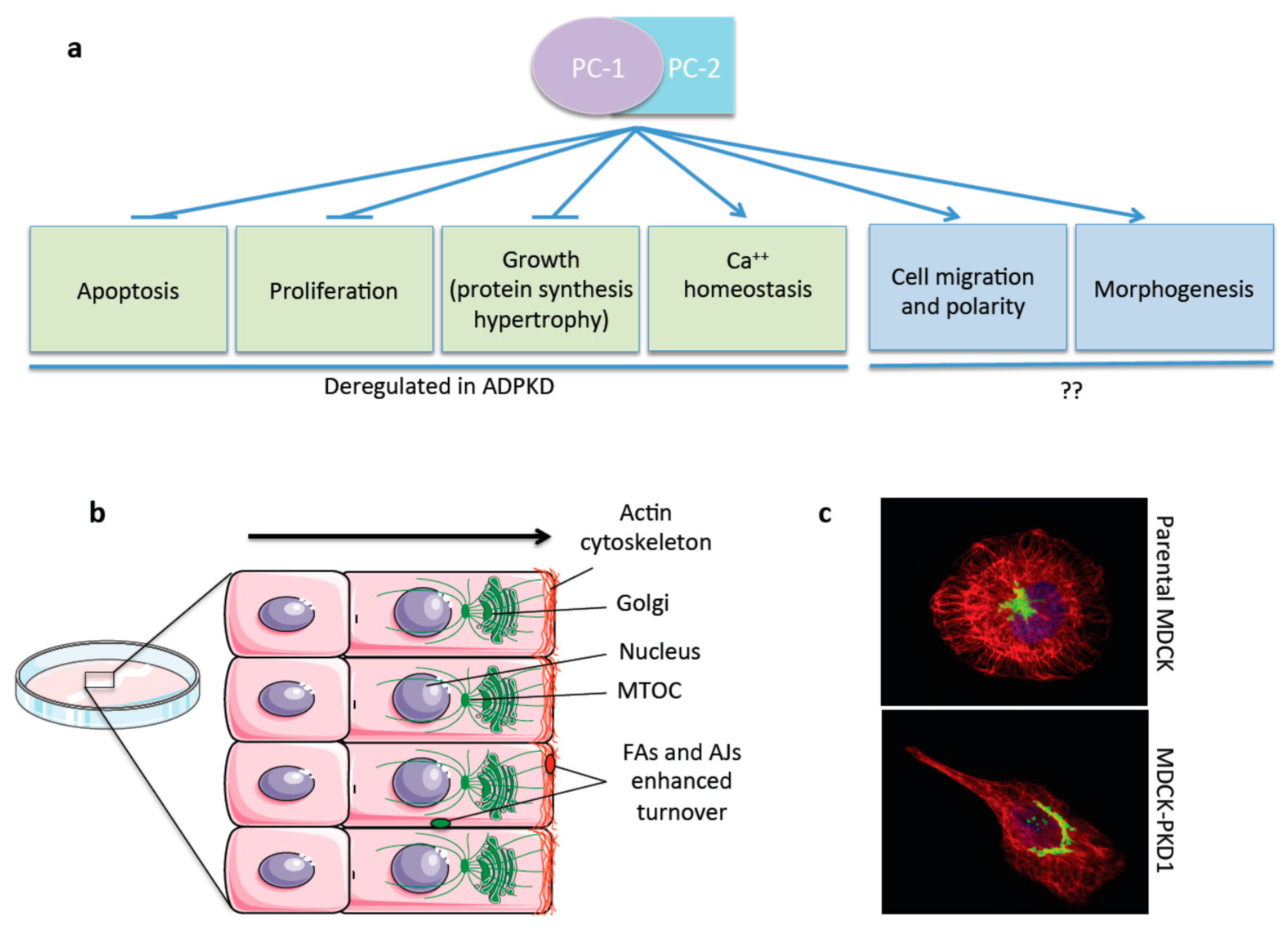

This redundancy could be explained by a mechanism that enables phosphorylation-inhibited PAR-2 to recover its membrane binding ability even if only one of these pathways is operational. Disruption of cortical flows or mutations in PAR-2 microtubule-binding sites are insufficient on their own to disrupt the asymmetric establishment of PAR domains ( 4). Fertilization marks symmetry breaking through two redundant pathways linked to the paternal centrosome and associated microtubules: first, the centrosome induces actomyosin flows that displace PAR-3/PAR-6/PKC-3 oligomers toward the future anterior domain, clearing space for PAR-2/PAR-1 cortical loading ( 1) and second, microtubules emanating from the centrosome bind PAR-2, protecting it from PKC-3 phosphorylation ( 4). Nevertheless, its ability to recruit PAR-1 ( 4), and subsequently exclude aPARs from the posterior, makes PAR-2 a central player in C. While polarity kinases are conserved, the RING finger protein PAR-2 is worm specific. PKC-3 phosphorylates PAR-2, which represses binding of multivalent PAR-1 and PAR-2 complexes to the plasma membrane ( 3, 4). elegans embryo stems from mutual antagonistic interactions that restrict the activity of two opposing kinases-PKC-3 and PAR-1-to each side of the cortex. elegans polarization, raising the importance of dephosphorylation in the dynamic behavior of PAR polarity.Īnterior–posterior polarization of the C. ( 2) present protein phosphatase 1 (PP1) as a new PARt in C. In a new study published in this issue of JCB, Calvi et al. In fact, the majority of the PAR network is highly conserved, adapted to regulate polarity in a range of processes, including stem cell division, cell migration, and epithelial apical–basal polarity ( 1). elegans one-cell embryo defines a distinct fate and size of the two cells (AB and P1) produced after the first division, and is a robust model to uncover fundamental principles of cell polarization. Their identification pioneered the understanding of a network that establishes the complementary localization of anterior (aPARs: atypical PKC, PAR-3, PAR-6, and the small GTPase CDC42) and posterior (PAR-1, PAR-2, LGL-1, and CHIN-1) proteins ( 1). The central PARts of animal cell polarity were identified in the Caenorhabditis elegans embryo through screens for partitioning defective mutants. Proteins and organelles lack these tools, and so navigating the cellular space was made possible by evolution of a machinery that sets intracellular asymmetries. Millennials now use a phone app to move across the world. Ancient sailors relied on a compass to navigate the sea.


 0 kommentar(er)
0 kommentar(er)
